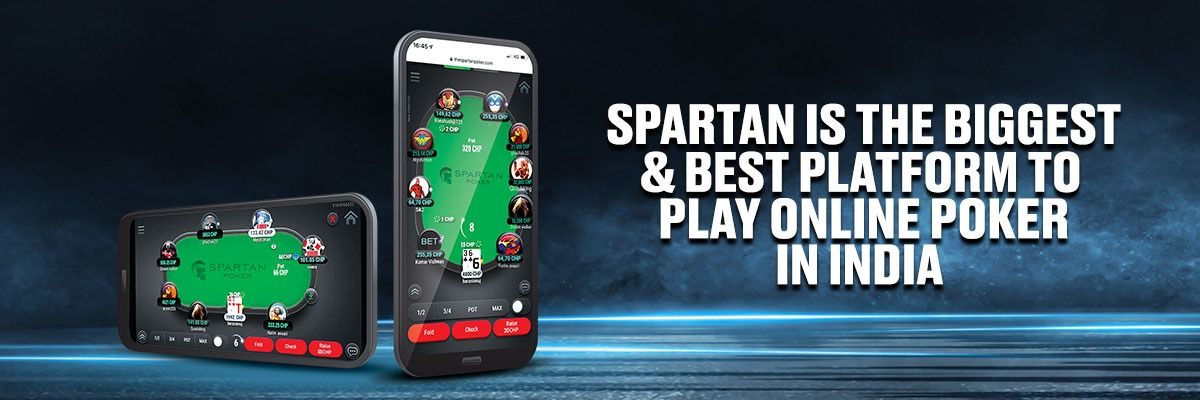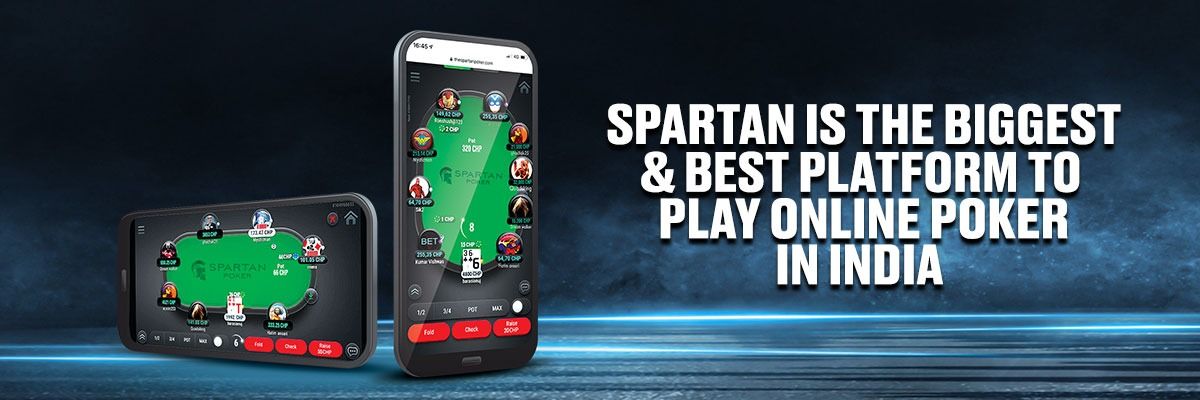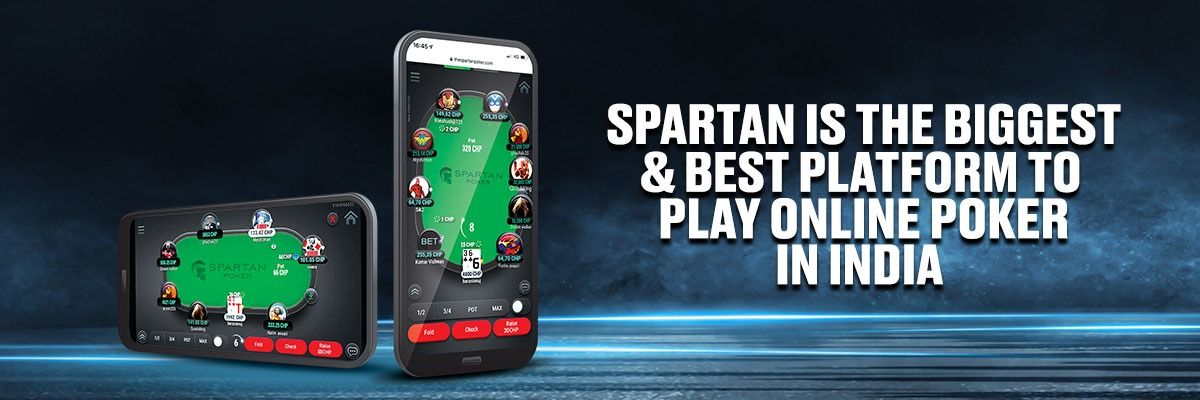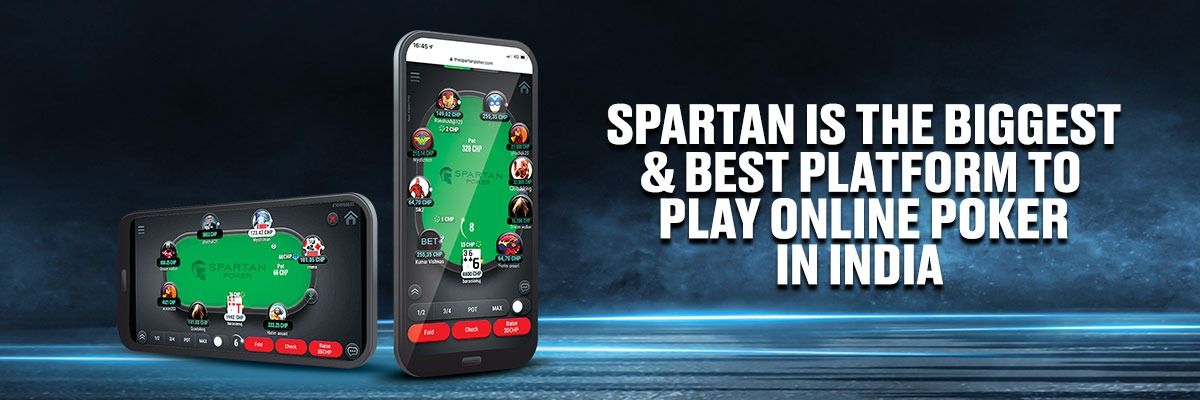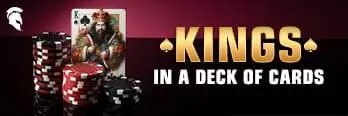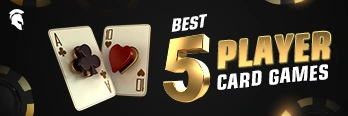If you ask a good poker player about improving your game, the standard answer is almost always going to be - 50% Play and 50% Study. It's true. However, not lot of them are going to tell you how to do either. Poker is a game where a lot of your study is done by self reflection and analysis. This is because only you and no one else knows what exactly is happening on the table at that point in time.
In this blog i am going to try and explain how to break down a hand in order to understand it better. This is a hand we played during a trial run for the PSL team.
A good player opens UTG to 2.5x with a 40bb stack, MP calls, we call cut off with QQ (will explain why later). Another good player flats on the button with a 23 bb stack, big blind calls as well.
The flop is KJ3ss. It checks around the table and we see 2c on the turn. Action is checked to me and I bet 40% of the pot. Only the initial raiser (UTG) calls and we see the river 7s. UTG checks, I again bet 40% pot and UTG calls. We win the hand.
Now this could seem like a standard play for some, bad play for some (there can be an argument for 3-betting preflop/betting bigger/smaller/checking back), great line for some. And the best part is the fact that no one except you really knows the answer.
Let me explain the hand in detail. I have a pretty straight forward 3-betting hand but I chose to flat because the player behind me on the button is a tournament reg who can just rejam his 23 bigs with a bunch of hands to pick up the dead money etc. Now that he flats, sure it sucks but we gotta go 5 ways with QQ and uncapped ranges.
When it goes check around on KJ3ss, I am pretty certain that the initial raiser and the button have pretty much missed the flop because either would have bet a King. A flush draw is still a possibility but unlikely. Now I do not have any idea about the BB and MP ranges because they would mostly play their whole range this way.
Turn bricks out and when it checks to us it tells a lot about the ranges we were missing earlier. The initial UTG raiser most definitely has no K in his range. The BB and the MP have checked 2 streets in a row which makes it very unlikely that they have a very strong holding. Now that we have established this fact, its time to start betting for value.
While betting for value it is very important to identify what we expect to get called by. In this case, a Jack, maybe TT or a flush draw which decided to play passive. Here is where your judgement comes in and no one can help you with this. You need to decide what that magic number is gonna be. I chose 40% sizing because i thought that's how much someone is going to call with the above said range. Now you could argue that its 50% or 60%. But for me at that time, this sizing made more sense to keep weaker hands in play.
The river is pretty similar to turn play. Same ranges, similar sizing because the spade on the river could be a scare card for the villain.
Once you break a hand down like this its pretty easy to correct your play in the long run. This is because you need to focus not on that play but on that situation. For everything you do in poker you need a reason. ("I had a feeling" is not a reason by the way. I know, it sucks!) Knowing how to act in a particular situation, given all the information you have , is what makes you a great player.
The next time you wanna work on your game, break down a hand, look for situations you messed up, keep it in mind and think about that when you are there next.
Good luck, Merry Christmas and a Happy New Year!
